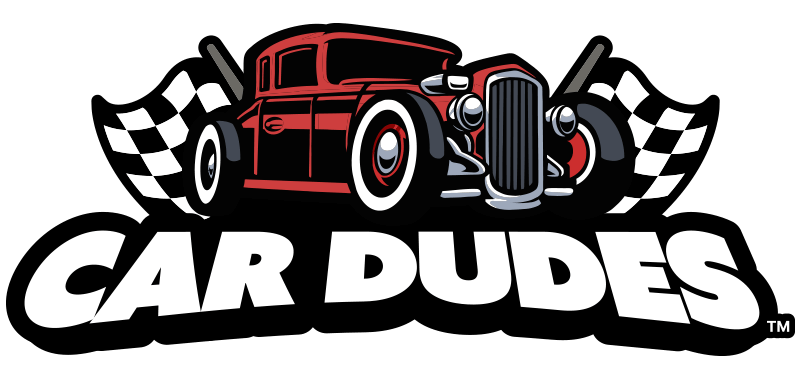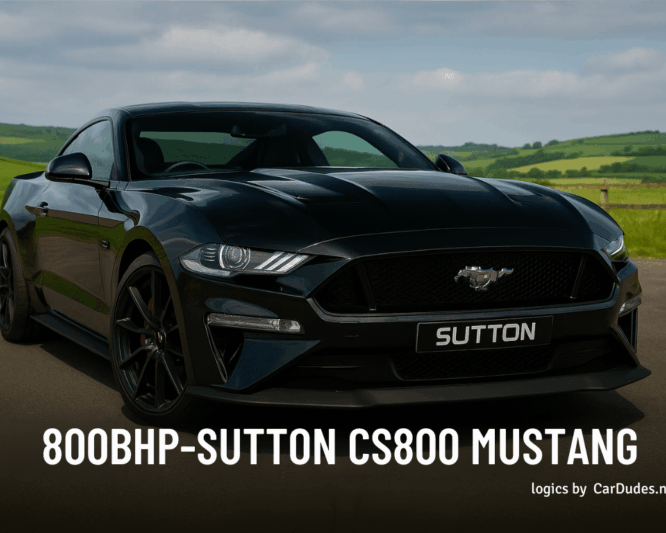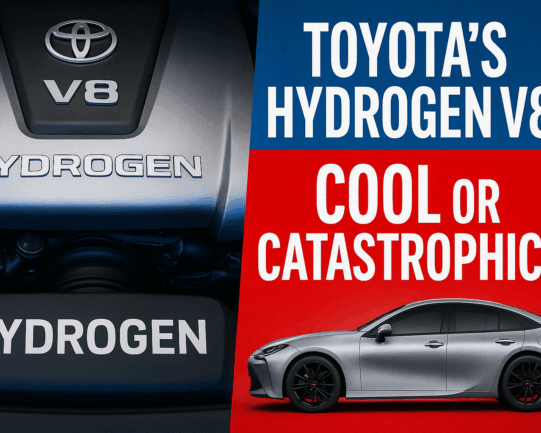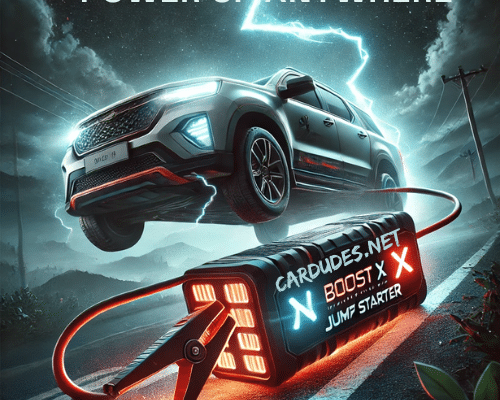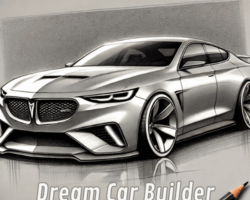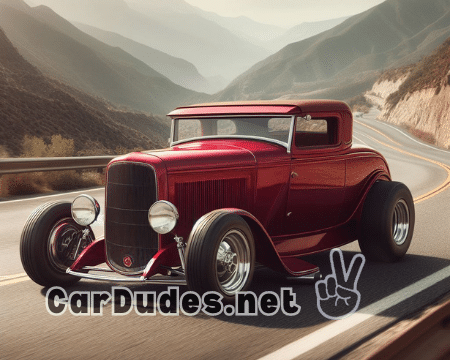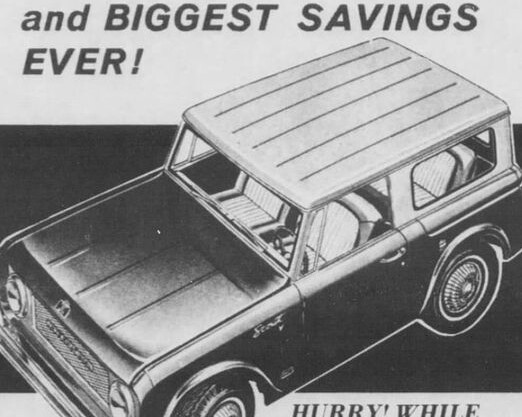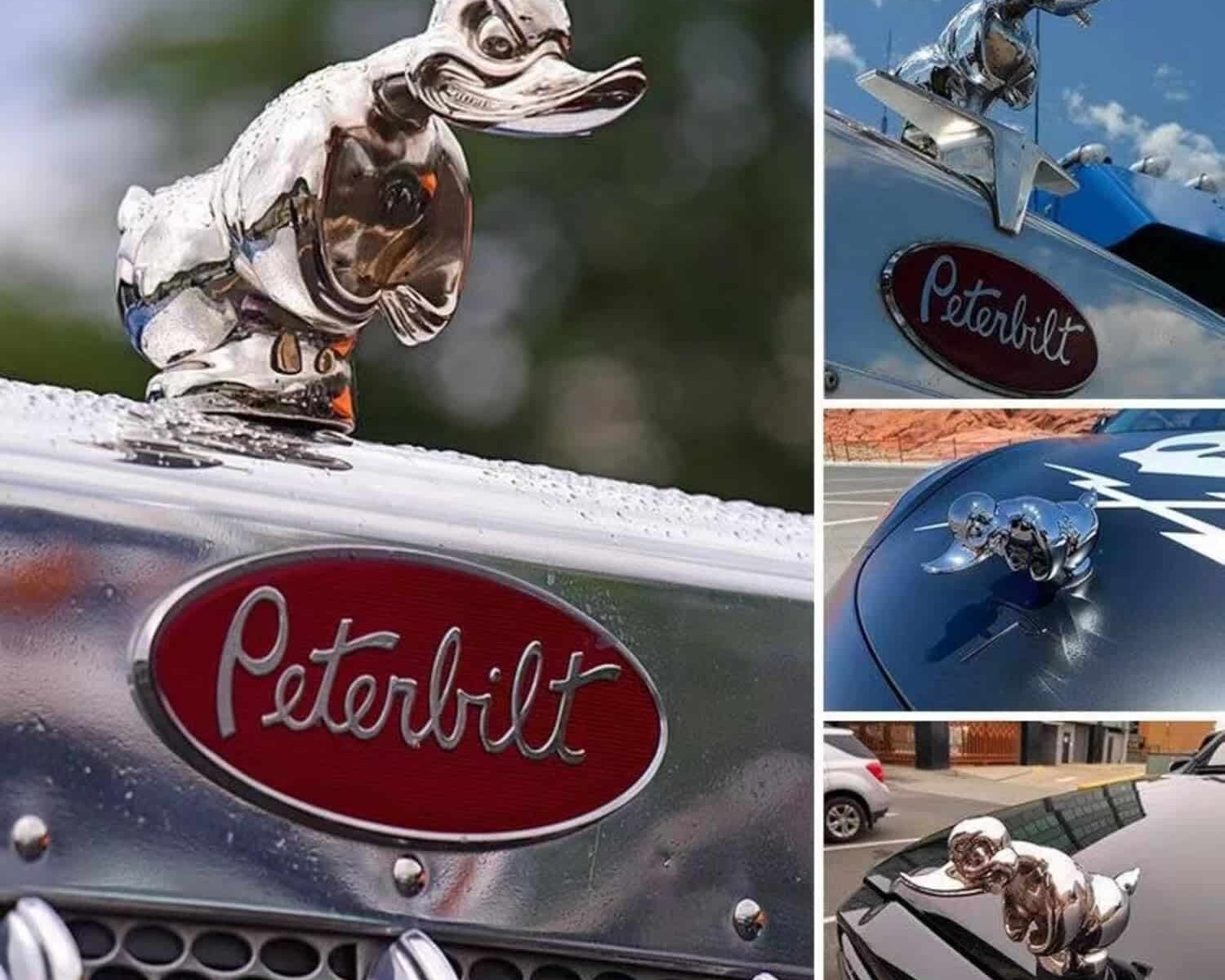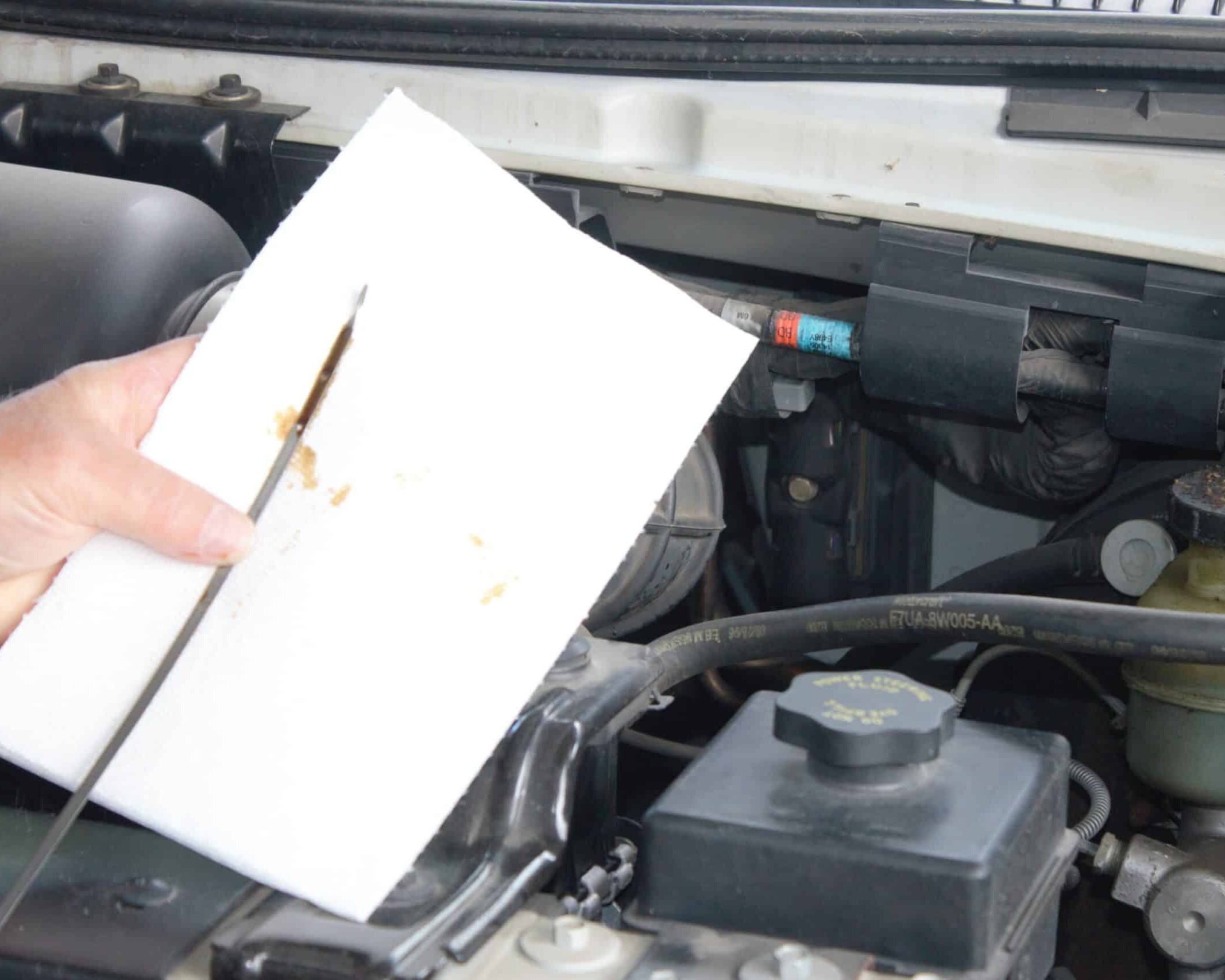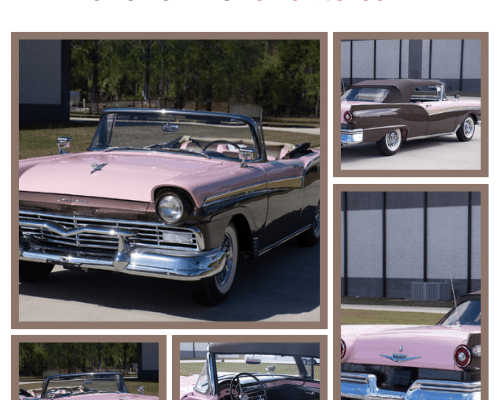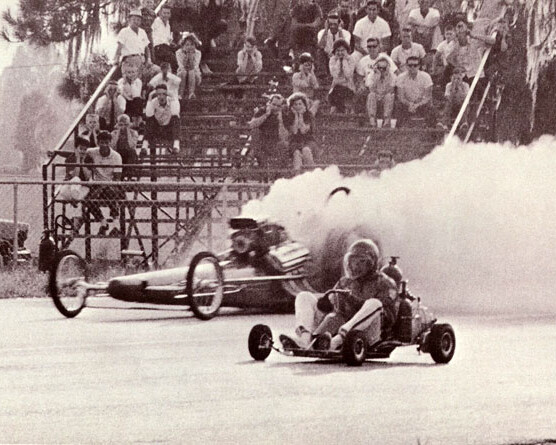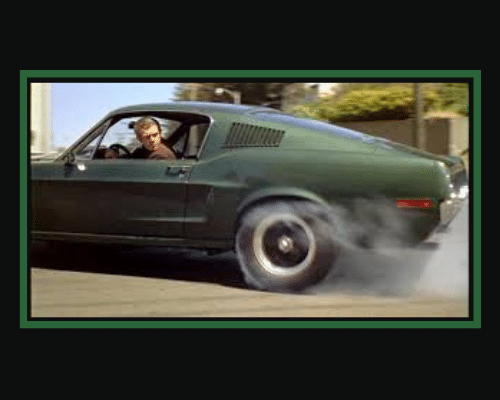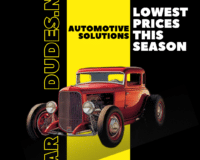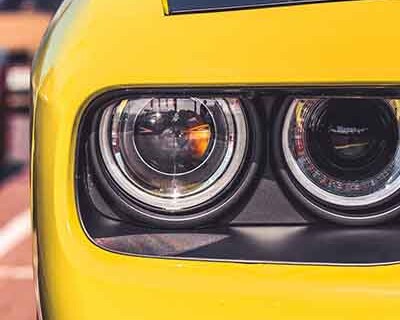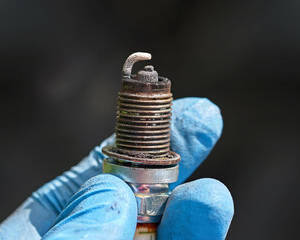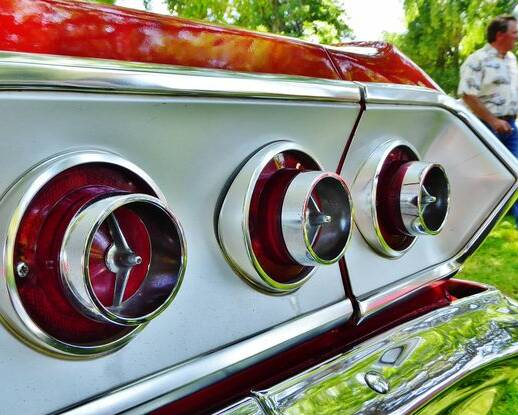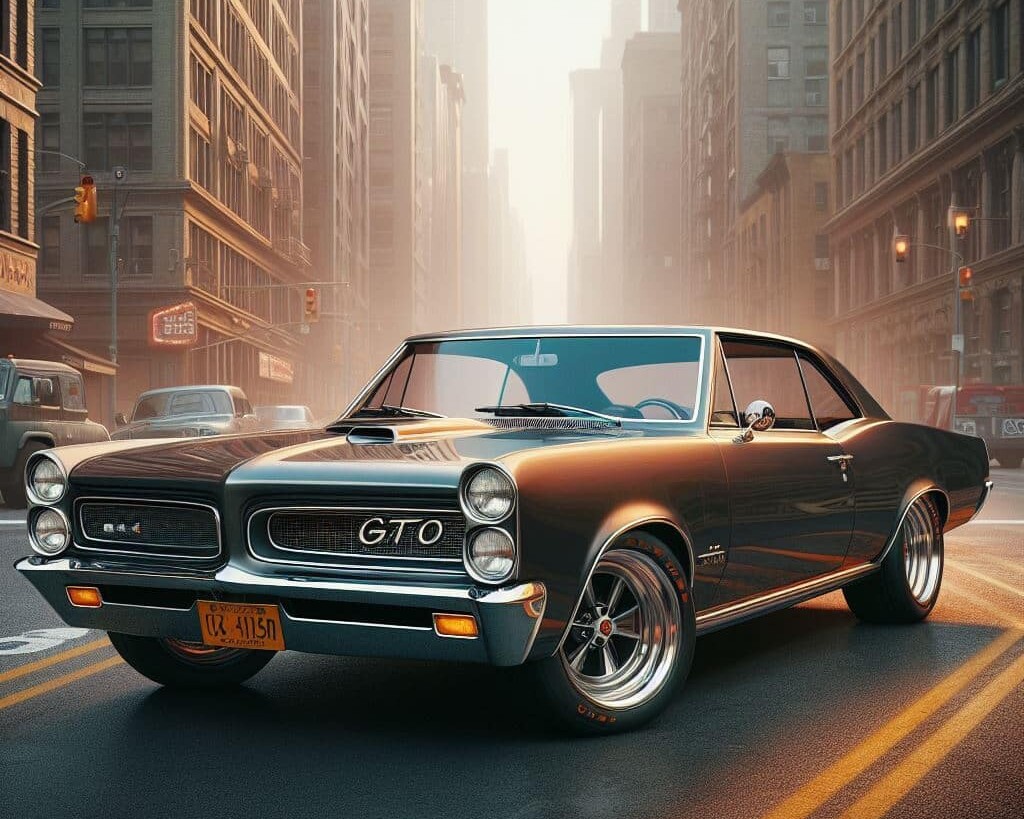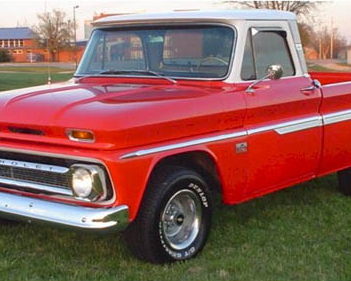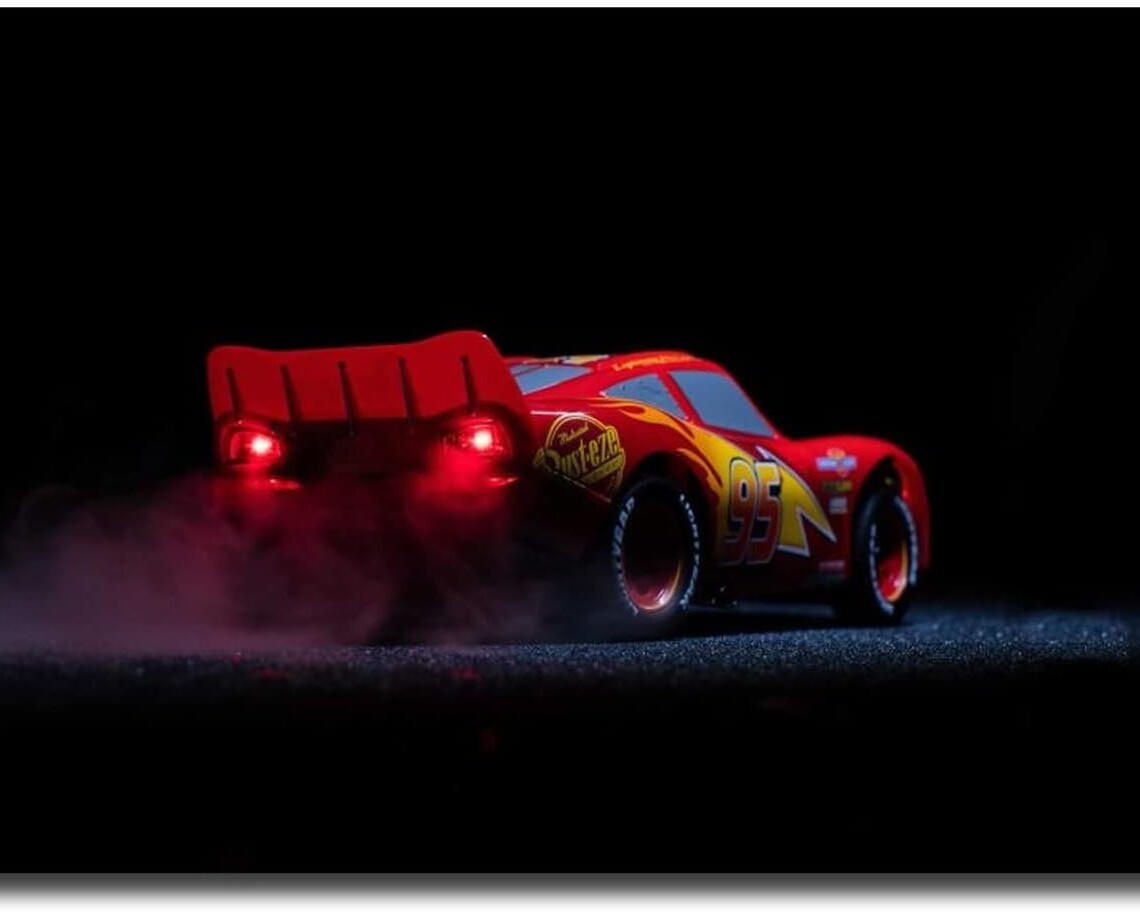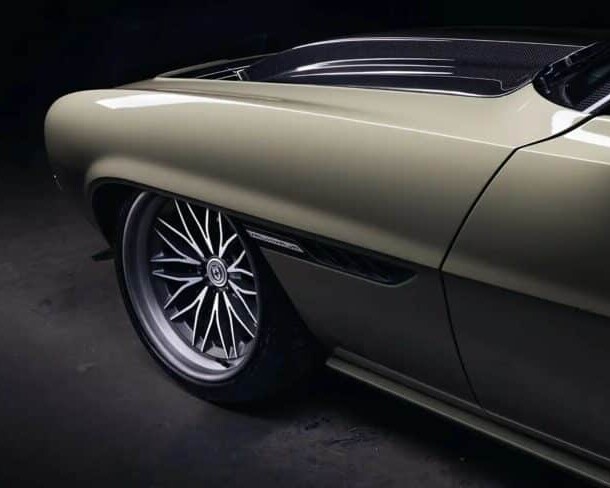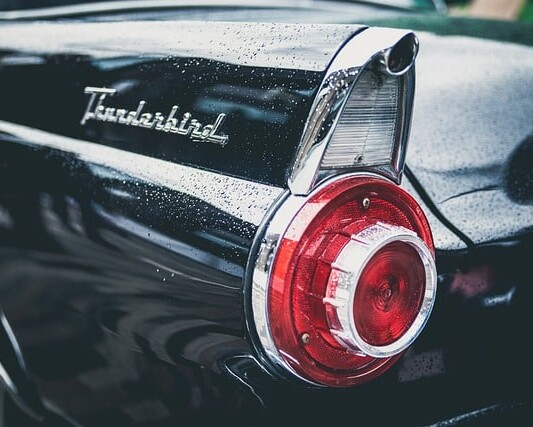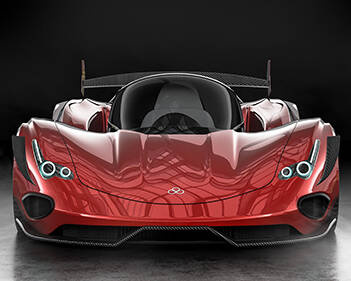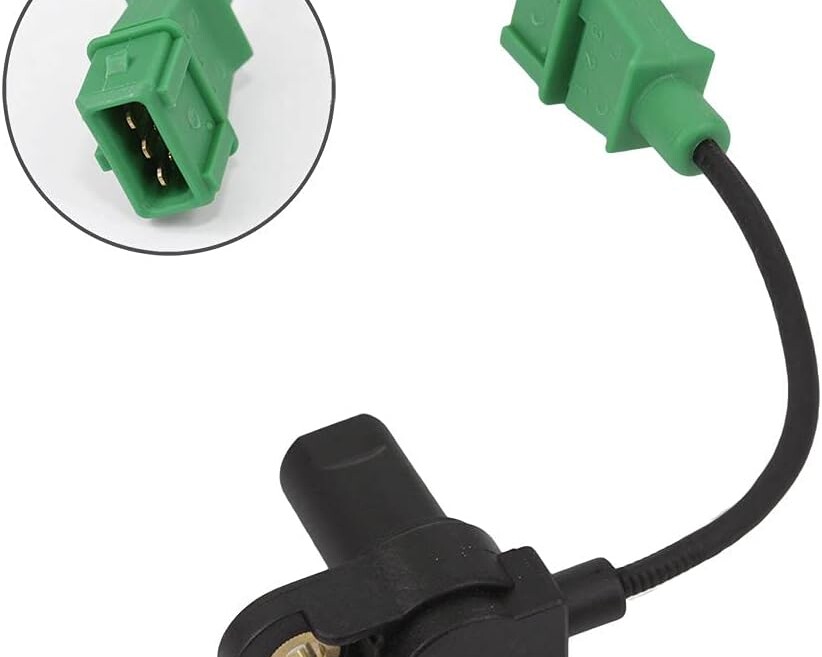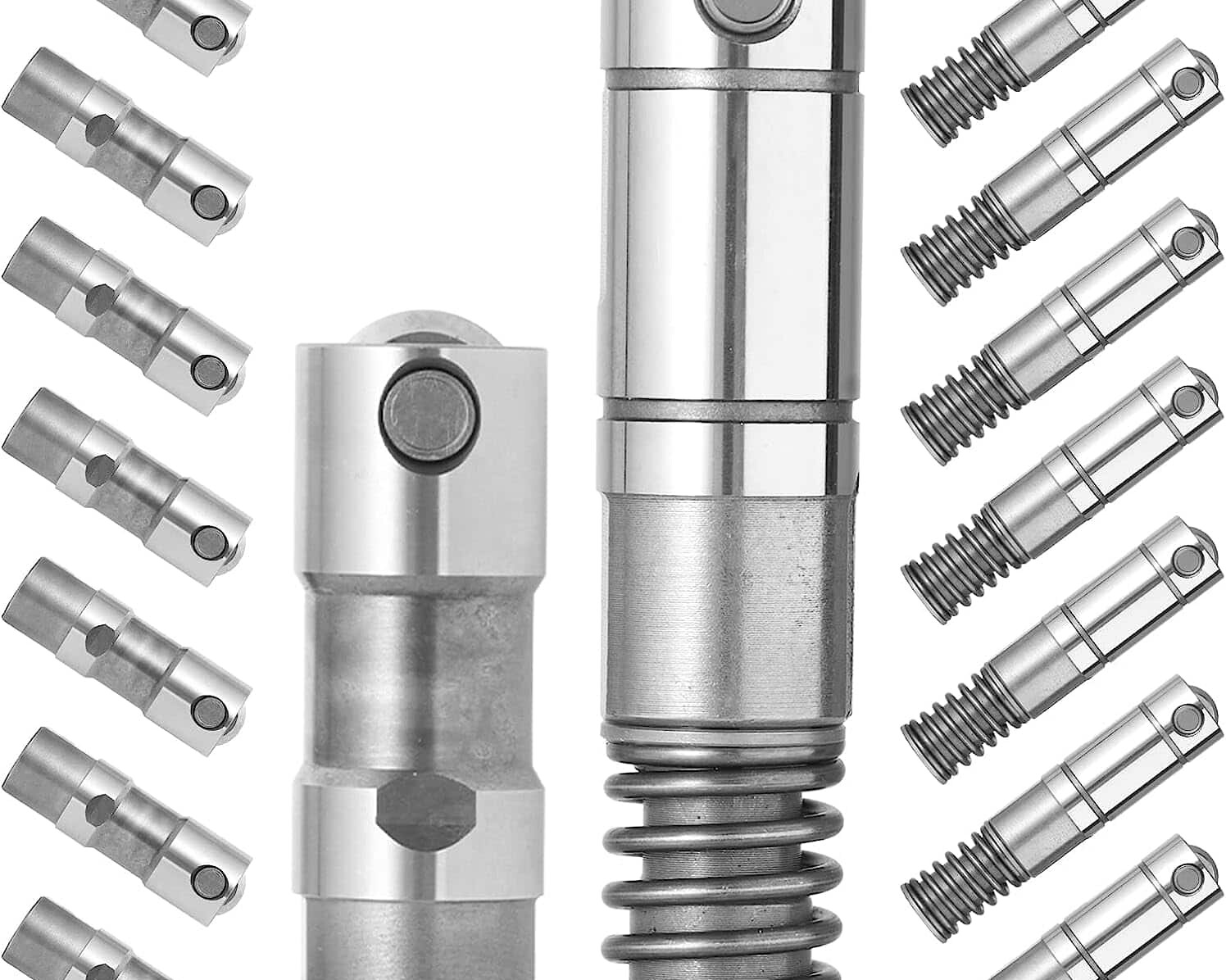See This 32 Ford

Deuce Highboy 1932 Ford Roadster Possesses Ohio-Look | Image from Motortrend
It rolled out to amazing fanfare 90 years ago, and today the 1932 Ford is still popular with hot-rod/street-rod enthusiasts, historians and collectors. More than that, the ’32 Fords stayed (and stay) in our consciousness and the limelight. The ’32 turned out to be the ultimate platform for some iconic cars.
The 1932 Ford replaced the Model A and came in a variety of models and versions (more than 14). The look itself is so iconic, especially for the roadster and coupe, that if you can’t get your hands on a genuine ’32 body, you can find a replica that will do you well.
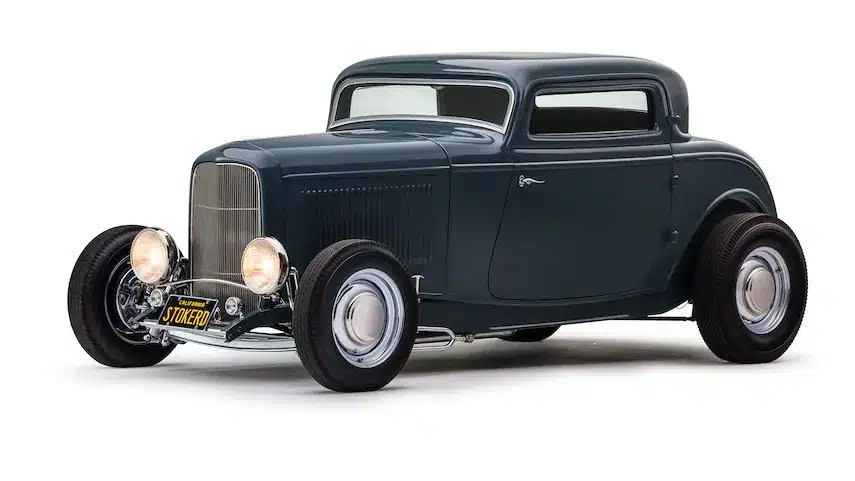
Hot Rod Ford Coupe 1932 | Image from MotorTrend
Why was it called a Deuce?
From the time the 1932 Ford was introduced nearly a century ago, both enthusiasts and engineers admired it. The “Deuce” was the world’s first popularly priced car to come with a V8 engine and got its nickname from the second digit in the model year—1932.
You could have gotten a 1932 Ford, in the style you wanted, with either a 4-cylinder engine or an 8-cylinder. The ’32 Model B was a 4-cylinder, an improved version of the Model A V8, in whatever style it came in.
If you want to learn about the flathead engine,see this .
Who are you calling ‘Flathead’?
It also had a twin in the 1932 Ford Model 18, which had a V8 engine called the “flathead.” It was known in the industry (and still known today) as the Ford V8. When car people refer to the Deuce, they are mostly referring more specifically to the flathead V8 Model 18. (Evidently, “1” referred to the first, and “8” to V8.)
Henry Ford was driven to have his engineers come up with a V8 engine and fend off his American competitors. It wasn’t without a lot of problems, but he did it. Bragging issues aside, what he accomplished was to give the average car buyer an opportunity to get a powerful lower-cost engine in a mass-produced car. Up until then, V8s were found only in luxury models.
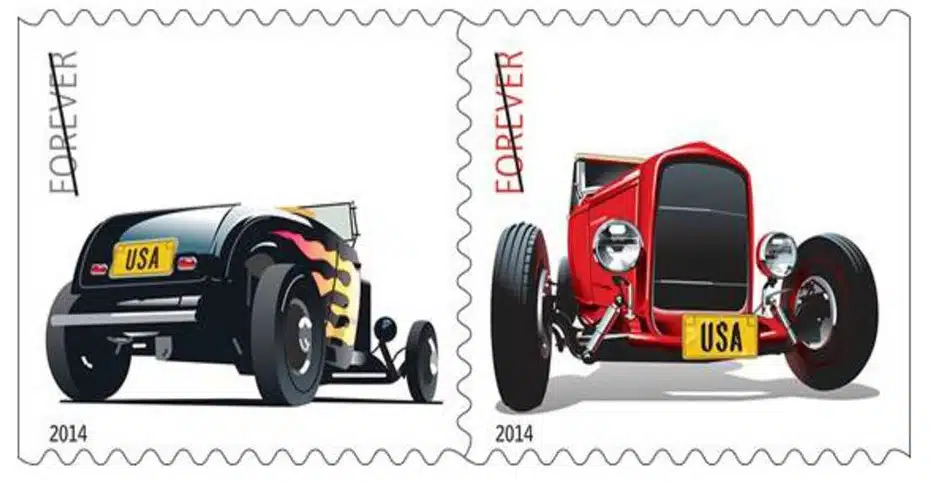
Red 1932 Ford Deuce Roadster US Forever Postage Stamp
The stamp of approval.
Even the United States Post Office gave the 1932 Ford Roadster some love. In 2014, the U.S Postal Service honored the iconic ’32 Ford and the hot-rod culture by issuing a limited-edition Hot Rod stamp. Two Deuce roadsters were selected and beautifully illustrated for two individual stamps. One was a black ’32 Ford with orange flames; the other, a classic red 1932 Highboy Roadster.
You might not be able to afford to put an actual ’32 Roadster in your driveway, but you can afford the U.S. stamps and own them with pride. You can find some on eBay and other sites for a little more than a dollar per stamp. That’s a lot cheaper than owning an actual ’32 Ford Roadster, which could cost anywhere from $35,000 up to $90,000 and more.

1932 FORD HI-BOY ROADSTER | Images courtesy of Mecum Auctions
The iconic hot rod.
That red ’32 Highboy Roadster is perhaps the most iconic hot rod of all time. The exact car that was the model for the U.S. postage stamp was illustrated by artist John Mattos, who has appeared on Jay Leno’s Garage. This is the car that is the model icon of hot rods. It was also the very first hot rod to appear on the cover of Hot Rod magazine in 1948.
Power to the people.
In addition to affordability and good looks, the Deuce had the brand-new Ford V8 engine playing a big role in the initial and ongoing success of the vehicle. Prior to that engine’s introduction, V8 engines were the powerplants of big luxury cars. It took the production of the Flathead to get a V8 into a light, affordable vehicle. The response from the public was overwhelming.
Ford sold close to 300,000 ’32 Model 18s (V8s) but just 133,000 4-cylinder versions. Keep in mind, the models were identical except for the engine. The hot-rod culture in the 1950s grew, helped by the National Hot Rod Association, which started in 1951. During this time, custom cars and street rods also became very popular, as young men with spare money and knowledge of mechanics turned cars into racing machines and stylish rides.
One of the most popular models Ford rolled out in 1932—that became a hit with hot rodders—was the three-window or five-window version Standard Coupe. (If you count four windows or six windows on the cars, you’re not going nuts: They don’t include the windshield in the three- and five-window count.)

Yellow ’32 Deuce Coupe American Graffiti Car
Image Courtesy of Alt Driver
American Graffiti and the Deuce Coupe
One of the most memorable movie cars of all time was the yellow, five-window 1932 Ford Deuce Coupe driven by the character John Milner (played by actor Paul Le Mat) in the 1973 movie classic American Graffiti (directed by George Lucas, who went on to create and direct Star Wars a few years later. Interestingly, Harrison Ford has a minor role in the movie as a rival hot rodder. It must’ve been training for his space hot rod, the Millennium Falcon.)
That Deuce Coupe in the movie had a ’66 Chevy 327-cu.-in. engine, but we can’t say it was “under the hood” because…no hood, of course. Reportedly, it featured Rochester 2GC 2-barrel carburetors and a Super T-10 automatic transmission.
As it’s been said, perhaps the Coupe isn’t the nicest Deuce hot rod ever built, but it ranks right up there with the most memorable.
Fan of the ’32? Check out this custom 1933 Ford Coupe!
It’s equipped with a 351 Cleveland along with a 671 Blower. Mustang II front suspension up front with a 4-link rear suspension in the rear running Aldan Phantom Series coilovers with Aldan coil-springs.
Resources: gunthertoodys.com/hot-rod-culture; lelandwest.com/blog/32ford; buyautoinsurance.com/hot-rod-history; YouTube.com: Jay Leno’s Garage/32HighboyRoadster; Youtube.com; fordduececoupe/whattoknow; motortrend.com/what-is-a-deuce-coupe; theengineblock.com/32-ford-hot-rodders
